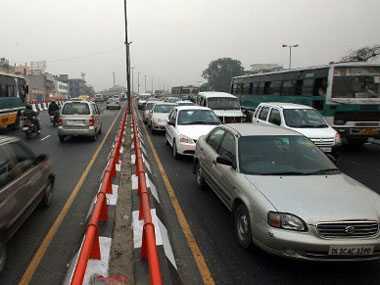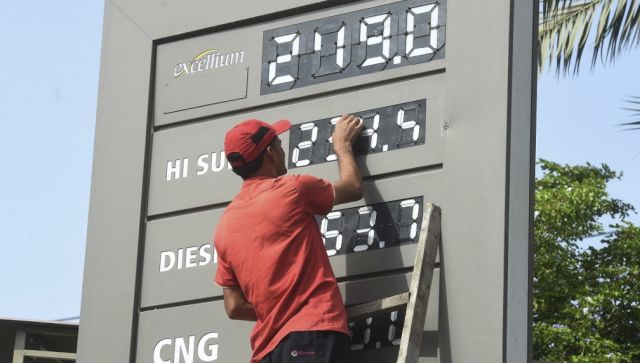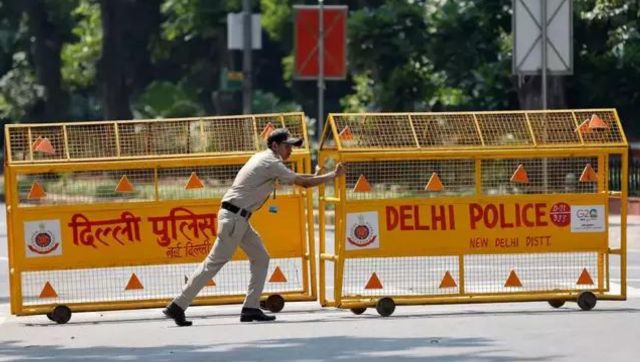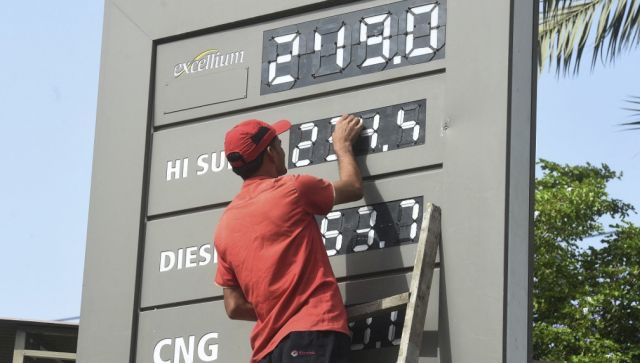This week seems to be all about breaking records, doesn’t it?
First the rupee broke records to plumb new lows, then the Sensex busted a four-month record to close below 16,000. Now, the government has set a record by announcing the highest-ever hike in petrol prices – Rs 7.50 per litre (it’s about one rupee higher or lower depending on the city).
There are two big implications of the hike: one, it will add to inflationary pressures, although perhaps not by much since petrol only has a 1.09 percent weight in the wholesale price index. Nevertheless, it will add to price pressure at a time when consumer inflation has already hit double-digits.
Two, and this the more important aspect, the petrol price hike, if not followed by a price hike in diesel, will only reinforce demand for more expensive diesel engine cars over petrol ones.
The latest petrol price hike increases the gap between petrol and diesel prices to around Rs 25 per litre, giving more reason for prospective car buyers to opt for diesel engine cars. (Actually, even if there is a hike in diesel prices, it won’t close the huge gap, so the preference for diesel will remain.) In other words, the government continues to subsidise diesel car sales at the cost of petrol engine ones.
Cheaper diesel has already led to a situation in 2011-2012 where nearly 40 percent of all new cars sold were more expensive diesel cars. That has never happened before in a petrol car-dominated market.
Even now, diesel variants of several car models have wait lists of up to six months. Expect that period to grow longer. As a recent Business Today report points out, diesel cars cost at least Rs 1,20,000 more than their petrol counterparts for the same specifications. Yet, diesel cars face heavier demand.
Yes, it’s true that diesel is far more widely used in the economy than petrol: petrol is used completely by the auto sector, while only 65 percent of diesel consumed in India is used by the auto sector. Diesel is used for both transportation and as industrial fuel in India, so there are bigger implications of raising diesel prices.
But the fact that diesel prices have remained untouched (at least so far) allows rich sports utility vehicle drivers to drive on cheaper fuel, along with essential goods transporters. As long as that loophole is not fixed, offering cheaper diesel amounts to subsidising the rich.
Worse, the flawed fuel policy is encouraging diesel guzzling on such a large scale that India faces the real threat of becoming a diesel-deficit nation by 2016, a recent Firstpost story pointed out.
More importantly, the latest petrol price hike will only increase the government’s subsidy bill by increasing demand for diesel further. That’s the point to note here. Raising petrol prices does NOTHING to cut down the government’s hefty subsidy bill. The losses on selling petrol are borne entirely by state oil marketing companies. Only the losses on diesel, kerosene and liquefied petroleum gas (LPG, or cooking gas) are partly compensated by the government and included in the subsidy bill.
If the government seriously wants to slash its subsidy bill, why only a petrol price hike then?


)




)
)
)
)
)
)
)
)